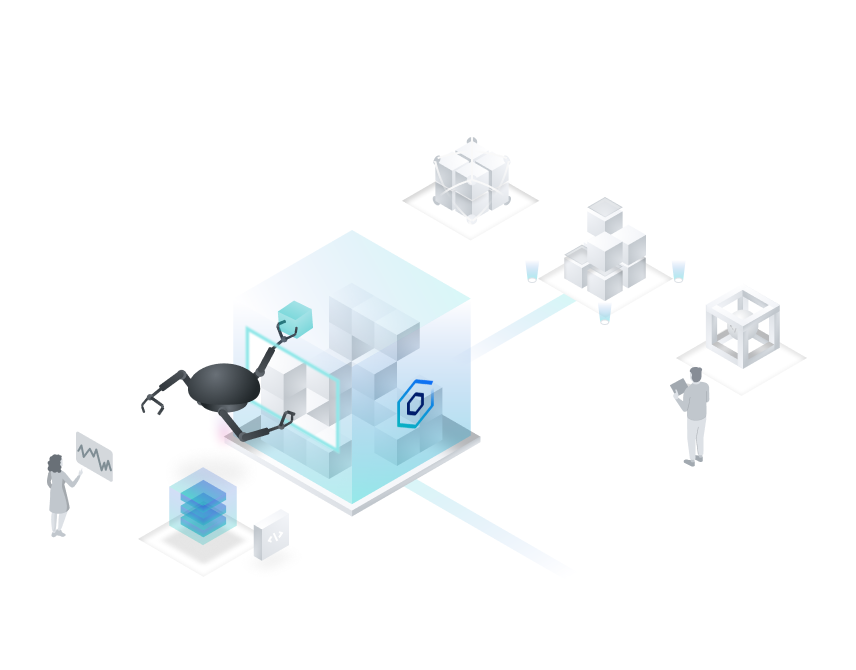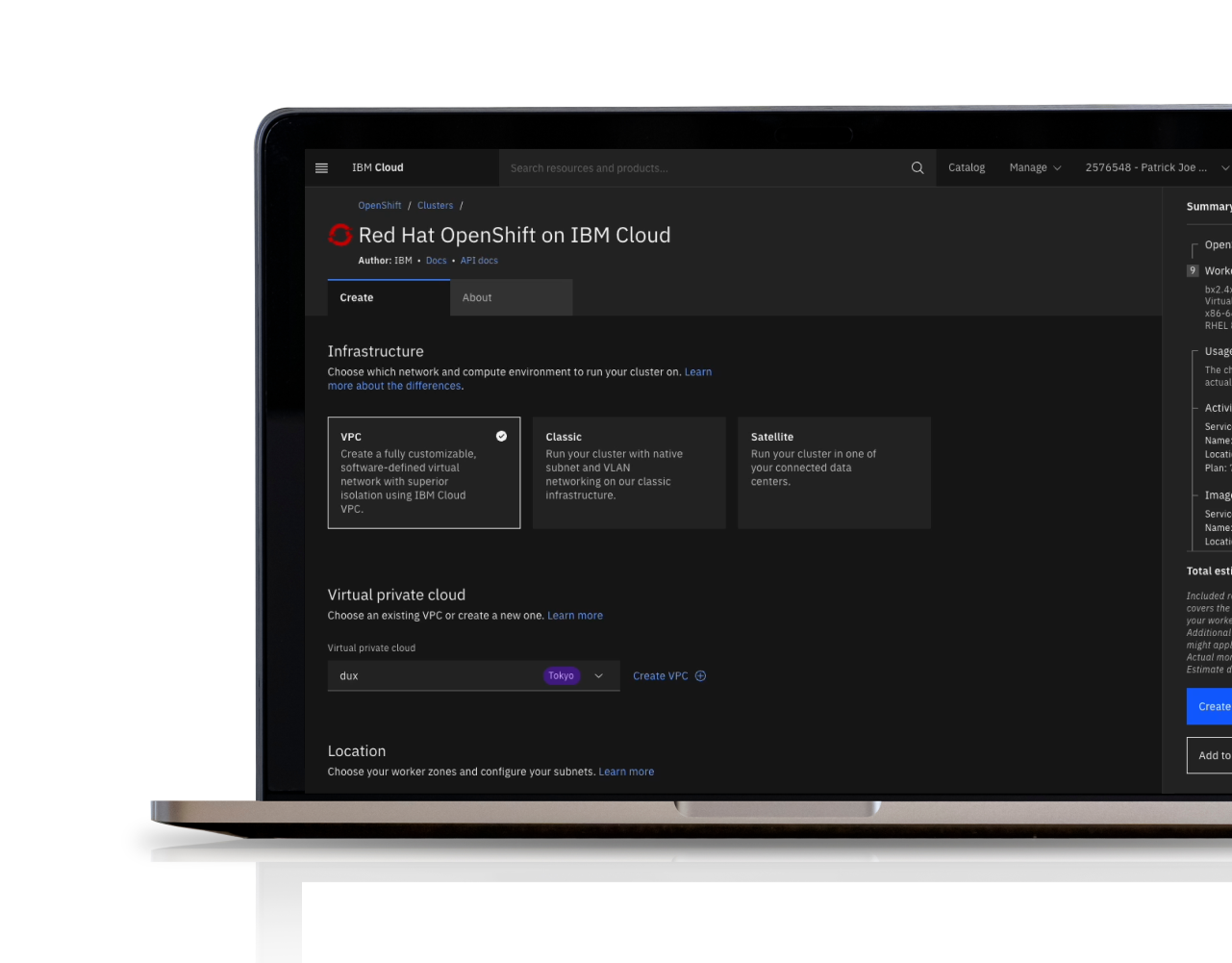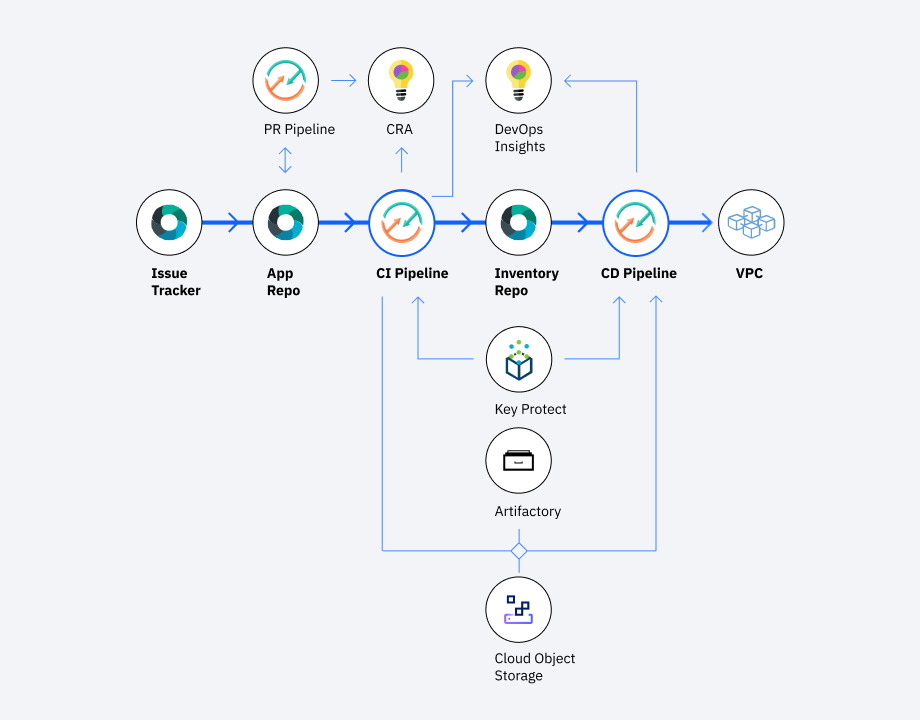Company / IBM
Role / Designer working with a senior designer, a senior UX researcher, a product manager, and 6 developers
Tools / Sketch, Invision Freehand, Adobe Illustrator, Mural, Github, Slack, Box, WebEx
Timeline / 6 months
I worked with a Senior designer to create designs from low-fi using Invision and mid-fi using Sketch. I supported a User Researcher in conducting user research and RITE testing on proposed designs. I helped synthesised data and shared with stakeholders to create actionable insights using Mural.
How events are routed using Event Notifications
1. Vision
As-is / In 2022, there was no centralised tool or service for event routing and notification management in IBM Cloud. Several services had their own management feature, and users had to configure integrations individually.
Vision / To create a managed event notification service to accelerate reaction time & facilitate event-driven app development using a low-code flow. In time, all IBM managed service would be integrated with Event Notifications.
Users / Event Notification's primary users are App Developers, DevOps Engineers, and Infrastructure owners/managers. App Devs and Devops engineers usually do the event routing and responding to the events.
Competitive landscape / Azure Notification Hubs, GCP pub/sub, AWS SNS.
Generative research and exploring use-cases
2. Generative user research
methodology / We conducted 8x1 hr moderated remote user sessions with internal and external participants.
Screener / Participants who work in large enterprises and startups were chosen. This included a mix of users who work as DevOps or Event Driven Developer roles, who must have experience setting up notification channels
Outcomes / We generated a solid set of insights to determine important pain points on current notification experience on IBM Cloud. We also gathered pain points from users with daily use of competitor products.
Low-fidelity prototypes
3. MVP creation
Collaboration / We conducted weekly syncs with Product management and Development teams to share ideas, get feedback and iterate in real time. We synced daily as a design team.
prototyping / We shared low-to mid-fi designs using Invision Freehand, iterating quickly to ensure we met project deadlines. The Invision designs were iterated upon in Sketch to create a high-fidelity prototype in Sketch. This prototype was used in R.I.T.E. (Rapid Iterative Testing and Evaluation) testing before GA release.
High-fidelity prototype built with Sketch for user testing
4. RITE user testing
Definition / Rapid Iterative Testing and Evaluation (RITE) testing is a usability testing method where you evaluate a solution to a usability problem multiple times in a rapid and iterative manner.
Methodology / Working with a Senior Researcher and UX Designer, we held 3 rounds of testing with 3 external users in each round.
goals /
1. Obtain feedback from users of competitor products along with internal users on first release.
2. To flesh out concepts, understand terminology used in event routing space and make next steps clear and self-explanatory to our users in testing.
3. Ensure pathways and user journeys are clear to users, and improve as we go.
4. Validate that our terminology and descriptions match the users mental model.
Clip of Round 2 prototype and user flow
5. Results
As a design team, we utilised user feedback to improve MVP after each round of testing. Key finding was new users found it difficult to be productive from Day 1 experience. To mitigate this we :
1. Standardised terminology and concepts using competitive analysis
2. Improved the 'Getting started' experience by implementing a 'WalkMe' intro tour
3. Created a landing page visual explaining to new users how our service works
RAPID RELEASE / Event Notification generally released to public on October 31st 2021, only 4 months after kick-off.


